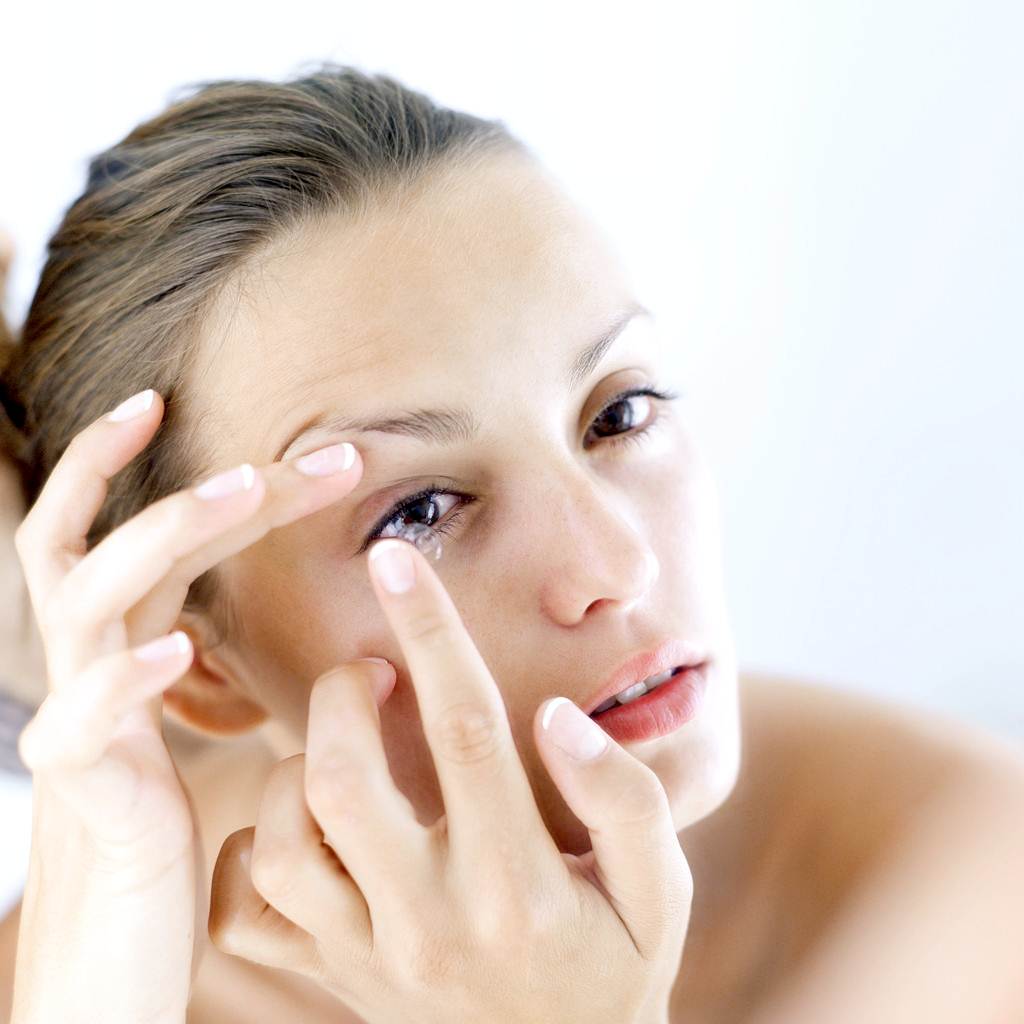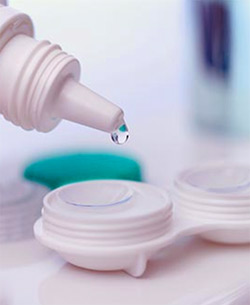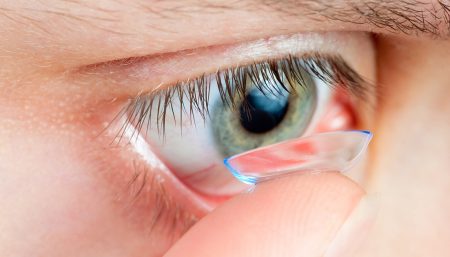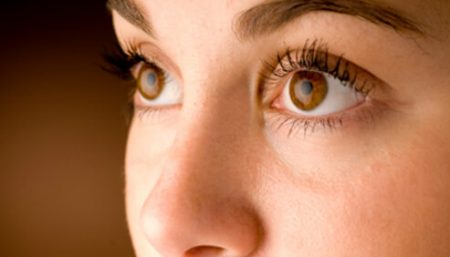Wearing contact lenses for too long and not cleaning them properly can cause eye infection of the cornea or Keratitis.

Some common unhealthy habits, such as,
- Sleeping with contact lenses
- Failing to clean
- Replace lens solution frequently
- Reduced tear exchange under the lens
- Letting contact lenses get wet while swimming or in the shower
greatly raises the risk for keratitis
What is Keratitis?
Keratitis is the medical term for inflammation of the cornea. The cornea is the dome-shaped window in the front of the eye. The cornea bends light rays as a result of its curved shape and accounts for approximately two-thirds of the eye’s total optical power. It is about 0.5 millimeter thick. The back of the cornea is bathed in the aqueous fluid that fills the anterior chamber of the eye. The cornea has a diameter of about 13 millimeters (½ inch) and, together with the sclera (the white part of the eye) forms the entire outer coat of the eye.
Keratitis can have multiple causes, including herpes, bacteria, fungus and microbes (such as acanthamoeba—a very difficult infection to treat). Keratitis is the most serious complication of contact lens wear. In severe cases, it can lead to corneal scarring that impairs vision, and may lead to the need for a cornea transplant.
Symptoms
In Keratitis, the eye condition in which the cornea becomes inflamed, the possible symptoms could vary from,
- Red eye
- Eye pain
- Tearing and/or discharge from your eye
- Swelling around the eye
- A feeling that something is in your eye
- Blurry vision
- Sensitivity to light (photophobia).
It is important to trace the cause of infection for the treatment of infectious keratitis will vary, accordingly.
Ways to Minimize Infection
 There are several easy ways to greatly reduce the chance of getting this sight-threatening condition — and, in fact, any type of contact lens-related eye infection:
There are several easy ways to greatly reduce the chance of getting this sight-threatening condition — and, in fact, any type of contact lens-related eye infection:
- Sterilize your lens cases, to avoid Acanthamoeba contamination.
- Follow your eye doctor’s recommendations regarding care of your contact lenses. Use only products that he or she recommends.
- Never use tap water with your contact lenses. The FDA has recommended that contact lenses should not be exposed to water of any kind.
- Do not swim, shower or use a hot tub while wearing contacts. If you do decide to wear your lenses while swimming, wear airtight swim goggles over them.
- Be sure to soak your lenses in fresh disinfecting solution every night. Don’t use a wetting solution or saline solution that isn’t intended for disinfection.
- Always wash your hands before handling your lenses.
- Unless you are wearing disposable contact lenses from Pure Optical that are replaced daily, always clean your contacts immediately upon removal, rubbing the lenses under a stream of multipurpose solution — even if using a “no-rub” solution — and storing them in a clean case filled with fresh (not “topped off”) multipurpose or disinfecting solution.
Practice good hygiene, regularly clean any contact lenses that are worn, and avoid touching the eyes as much as possible.
Related Links
Disclaimer
The Content is not intended to be a substitute for professional medical advice, diagnosis, or treatment. Always seek the advice of your physician or other qualified health provider with any questions you may have regarding a medical condition.


